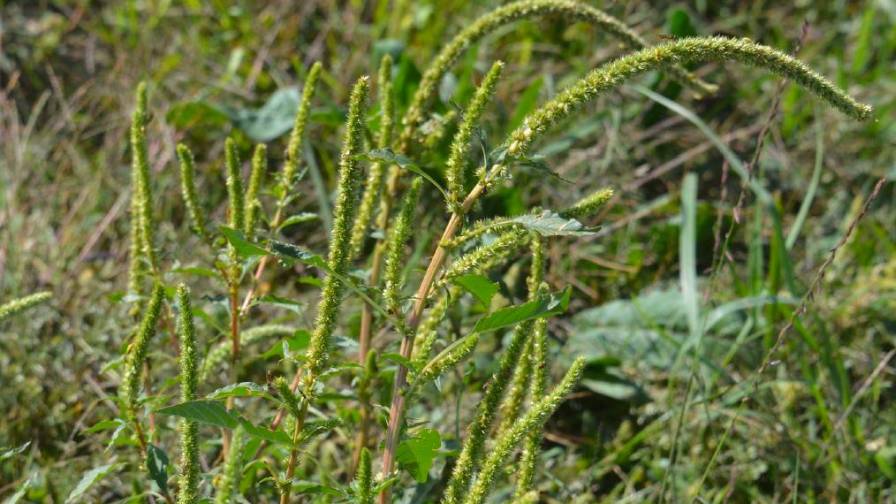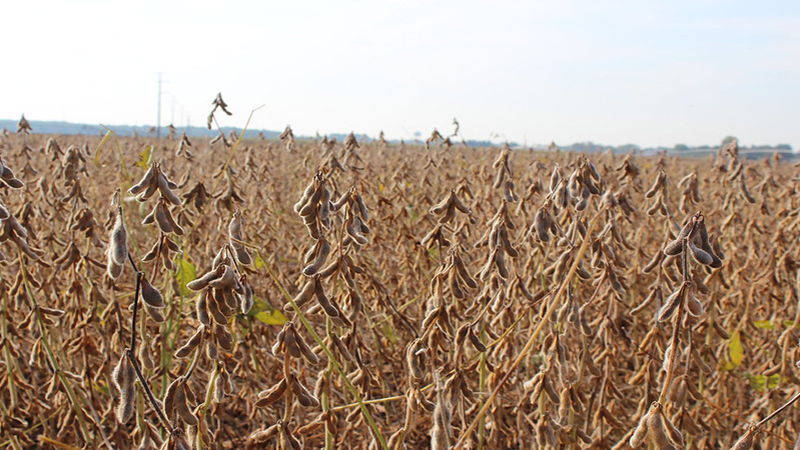NDSU: Check Pollinator, Habitat Plots For Palmer Amaranth
North Dakota State University officials are asking anyone who has planted wildlife plots, to enhance honeybee and other pollinators, to ensure that seed sources didn’t bring in a dreaded invasive weed — Palmer amaranth, writes Mikkel Pates on AgWeek.com.
It’s not too late to check plots, says Tom Peters, an Extension Service sugar beet weed specialist for NDSU and University of Minnesota.
In 2015, many people in Iowa and Minnesota stepped up to plant the pollinator plots to help honeybees and other insect habitats. Unfortunately, scientists and weed officials later found Palmer amaranth weeds that came from contaminated seed sources. The contaminated seeds showed up in the plantings in seeds for everything from household pollinator plots, to hunting habitat plots and Conservation Reserve Program mixes.
“It isn’t our intent to tell people to discontinue using the pollinator mixes,” Peters says. He says officials are trying to gain access to lists of people who received cost-share and technical assistance through the Natural Resources Conservation Service or the Farm Service Agency.
“Our idea is, why don’t you go out and walk,” he says. “If there’s something that looks similar to what these pictures, we want to know that and want to help you deal with that.”
The closest Palmer amaranth has been confirmed in west-central Minnesota counties, and suspected but not confirmed in north-central South Dakota.
Experts can confirm the difference with DNA testing, by spines in the axis of the leaves or an elongated petiole. The seed head of Palmer amaranth is large and “bristly to the touch.”
Read the full story on AgWeek.com.







